One piece of equipment that can show some wear rather quickly are the stabilizer jacks. These are an important component on your RV and it’s imperative that they’re in good working order. On an RV, the stabilizer jacks help to limit movement while the RV is parked and also allow you to safely deploy your slides.
Stabilizer jacks are typically found on all four corners of the RV. There may also be slide support jacks on your RV. In the case of the HaRV, we have 4 individual scissor style jacks. On your RV, you may also have electric, hydraulic, or tripod style jacks. We won’t be covering those here.
When To Replace Your Stabilizer Jacks
Well before you leave for each trip, you should inspect every component on your RV including all stabilizer jacks. Check each one by extending it to reach the ground and ensure that it moves freely and that there’s no defect in the functionality. Inspect for rust and if the rust has moved beyond the surface it’s time to replace the jacks.
If the jacks are in good working order with little to no rust, you should maintain them by using a silicone lubricant on all joints. This will ensure that the jacks live the longest life possible.
Selecting a Scissor Style Stabilizer Jack
When choosing your replacement stabilizer jacks, you’ll want to ensure that they appropriately support the weight of your trailer. However, it’s important to note that these jacks are not intended to be used to lift the weight of your trailer. For instance, these should never be used to lift your RV for maintenance. When using them for their intended purpose, you’re actually only extending them until the jack touches the ground. When properly extended, you’ll feel a slight resistance once they touch the ground and you should stop extending them at that point.
For the HaRV, we selected the WEIZE Camper Trailer Stabilizer Leveling Jacks with Handle 24″ 6500 lb Set of 4. We chose these jacks because they received great reviews and they were fairly priced for a set of 4. They also come in a 5,000 lb and 9,000 lb capacity.
We received the jacks from Amazon in just a couple of days and they were well packed and all of them were in excellent condition. With the set they include a manual handle and a bit that can be used with a power drill to raise or lower the jacks.
Replacing Your Stabilizer Jacks
To complete this job you’re going to want to have the following tools & equipment on hand:
- Work gloves
- A standard ratchet set
- A pair of pliers
- Silicone Spray
- PB Blaster (or similar, optional)
- If your nuts/bolts are severely rusted you will want to have replacements on hand.
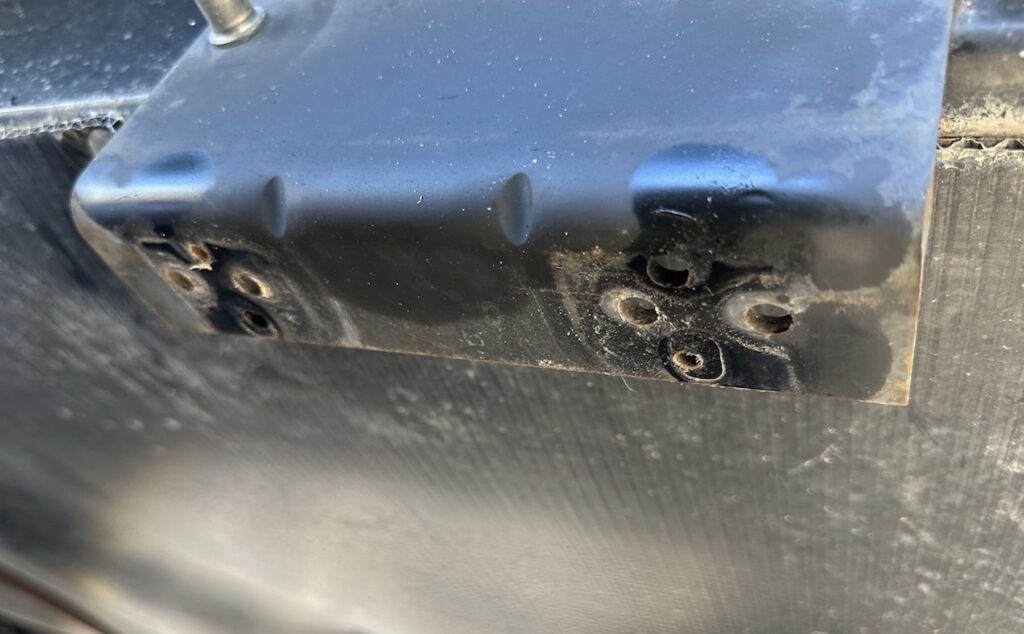
Step 1: Hit Them With Some PB Blaster
If your existing jacks are severely corroded / rusted, you will want to hit the nuts & bolts with a bit of PB Blaster to help loosen them up. This will allow the spray to do its work while you prep your tools. Start with the least rusted corner first so that the others have some time to penetrate.
Step 2: Remove The Existing Nuts & Bolts
Remove the existing nuts and bolts by holding one side in place with a wrench while using the ratchet on the opposite end. I recommend that you do this with one glove on and one glove off as this will allow you to hold the jack while using your other hand to remove the bolts.
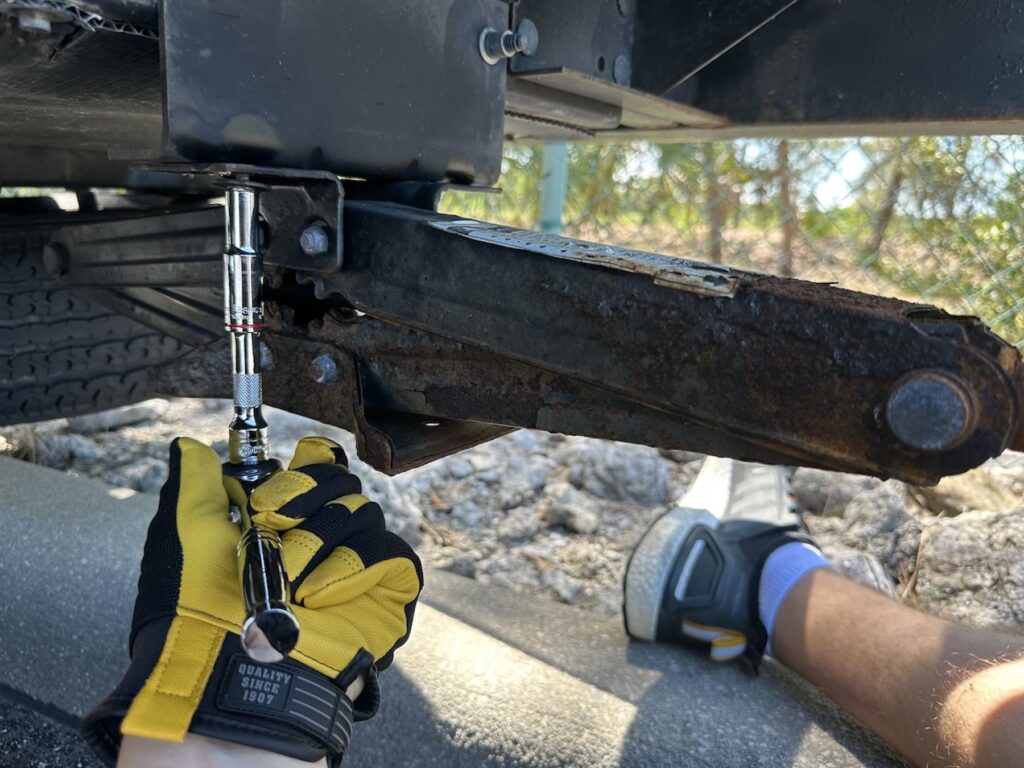
Once all of the bolts have been removed, the stabilizer jack can be safely discarded. Keep your gloved hand under the jack when removing the last two bolts to ensure that it doesn’t drop to the ground. Keep your other body parts clear!
Step 3: Install The New Stabilizer Jack
Use one gloved hand or have a partner hold the stabilizer jack in place while you hand tighten the bolts in their original location. Use your wrench and ratchet set to secure all of the bolts.
Step 4: Spray Joints With Silicone Spray
As a finishing touch, give each joint a bit of silicone spray to lubricate and prevent rust or corrosion. Regularly clean each jack and joint and reapply silicone spray to ensure that your jacks live a long and healthy life.
Conclusion
That’s it! It’s that easy. This entire process takes a couple of hours to complete, but it’s an easy maintenance task that you can absolutely do on your own. However, if you’re uncomfortable performing any part of this work you can always take your rig into the shop or call a mobile RV tech out to assist.
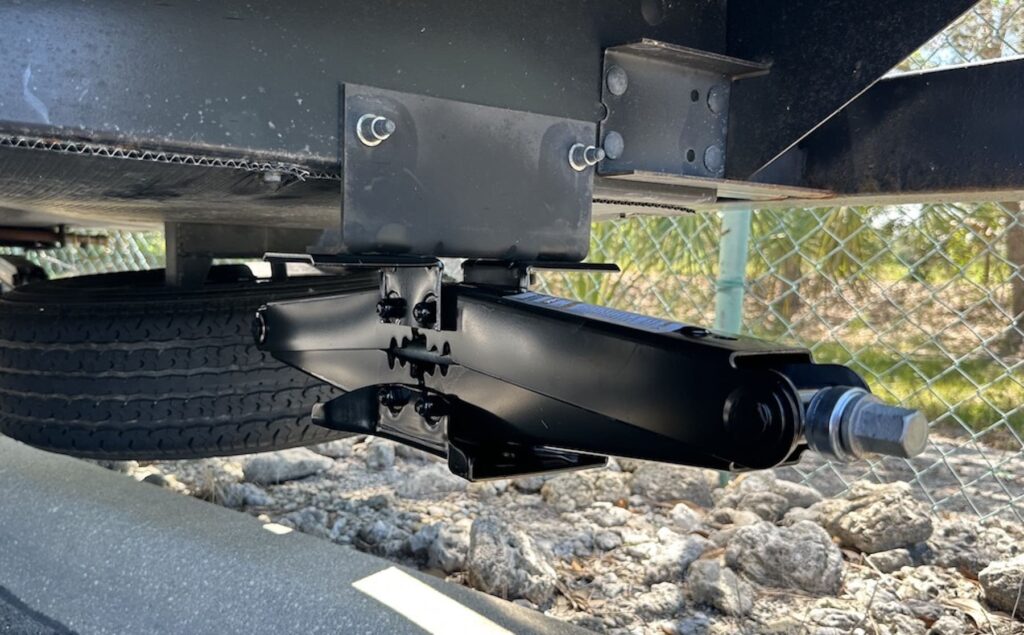

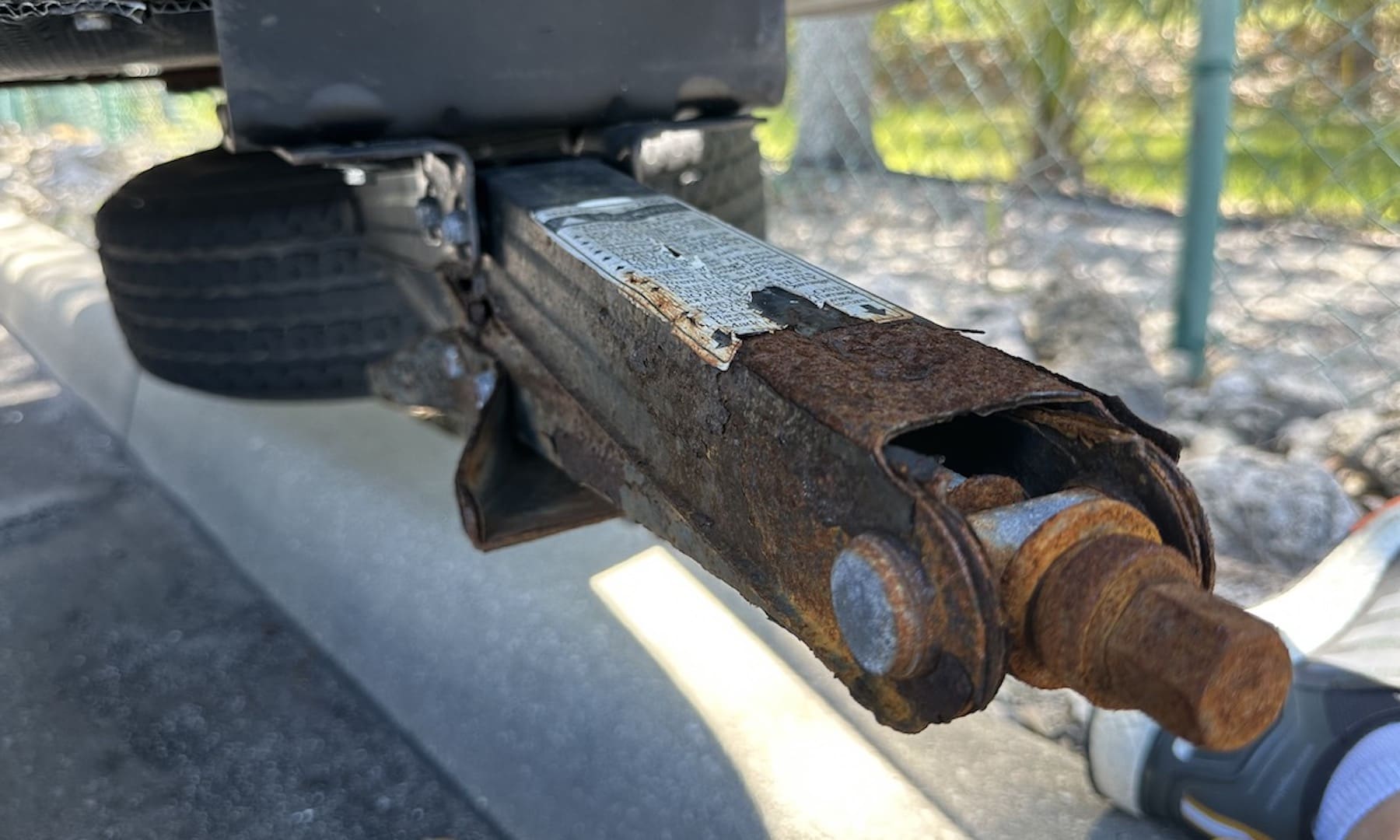

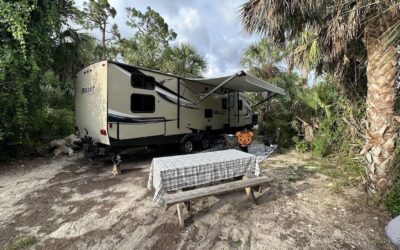
0 Comments